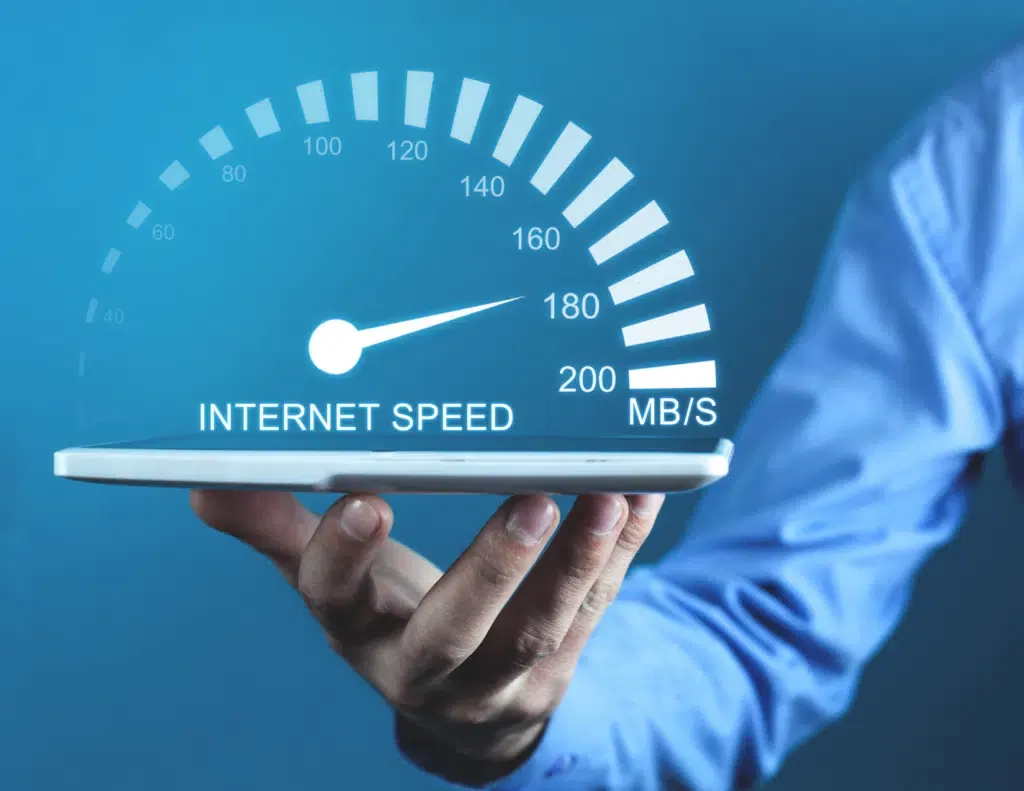In today’s fast-paced digital world, website speed optimization is a critical factor in the success of any online business. A fast-loading website enhances user experience and significantly impacts search engine rankings and conversion rates. This blog delves into the many benefits of website speed optimization, highlighting why it should be a top priority for website owners and developers.
Understanding Website Speed Optimization

What is Website Speed Optimization?
Website speed optimization refers to the process of improving a website’s loading time. This involves various techniques and practices to reduce the time it takes for a web page to load and be functional for the user fully. Speed optimization encompasses optimizing images, leveraging browser caching, minimizing HTTP requests, and more.
Importance of Website Speed
The speed at which a website loads plays a crucial role in user satisfaction and retention. Studies have shown that users tend to abandon websites that take more than a few seconds to load. A slow website can result in lost traffic and revenue in a competitive online landscape.
Key Benefits of Website Speed Optimization

Enhanced User Experience
Faster Load Times
One of the most immediate benefits of website speed optimization is reducing load times. Users expect web pages to load quickly; if a site takes too long to appear, they are likely to leave and look for alternatives. Fast load times contribute to a smooth and enjoyable user experience.
Lower Bounce Rates
A high bounce rate indicates that users leave a site quickly after arriving, often due to slow load times. By optimizing website speed, bounce rates can be significantly reduced as users are more likely to stay and explore the site when it loads quickly.
Improved Search Engine Rankings
Google’s Algorithm
Search engines, particularly Google, consider page speed as a ranking factor. Faster websites are more likely to appear higher in search results, increasing visibility and traffic. Website speed optimization is thus essential for achieving and maintaining high search engine rankings.
Mobile Indexing
With the rise of mobile browsing, Google has shifted to mobile-first indexing, meaning the mobile version of your site is considered for ranking purposes. Optimizing speed for mobile users is critical, as slow mobile sites can negatively impact search rankings.
Increased Conversion Rates
Faster Checkout Processes
For e-commerce websites, speed optimization can directly impact sales. A faster website leads to quicker checkout processes, reducing cart abandonment rates and increasing overall conversions. Every second shaved off the loading time can result in a higher revenue.
Trust and Credibility
A fast-loading website appears more professional and reliable, enhancing the trust and credibility of your brand. Users are more likely to purchase or engage with your services if they perceive your website as efficient and trustworthy.
Better User Engagement
Higher Page Views
Optimized websites tend to have higher page views as users are more inclined to browse multiple pages when the site is fast. This increased engagement can lead to more opportunities for conversions and customer retention.
Improved Retention Rates
User retention rates are higher on fast websites. When users have a positive experience, they are more likely to return. Repeat visitors are valuable as they contribute to brand loyalty and long-term success.
Techniques for Effective Website Speed Optimization

Image Optimization
Compression
Large images can significantly slow down a website. Compressing images reduces file size without compromising quality, leading to faster load times.
Proper Formats
Using the right image formats, such as JPEG for photos and PNG for graphics with transparent backgrounds, can also enhance loading speed.
Minimize HTTP Requests
Combining Files
Combining CSS and JavaScript files can reduce the number of files that need to be loaded, decreasing the number of HTTP requests, and speeding up the website.
Lazy Loading
Implementing lazy loading ensures that images and other elements are only loaded when needed rather than all at once. This improves initial load times and overall performance.
Leverage Browser Caching
Caching Mechanisms
Browser caching stores static files, such as images, CSS, and JavaScript, on the user’s device. When a user revisits your site, the browser can load these files from the cache instead of downloading them again, resulting in faster load times.
Expiry Headers
Setting expiry headers for cached content ensures that browsers know how long to store the cached files. This reduces the need for repeated downloads and speeds up the site for returning visitors.
Use Content Delivery Networks (CDNs)
Distributed Servers
CDNs distribute your website’s content across multiple servers worldwide. When a user accesses your site, the content is delivered from the nearest server, reducing latency and improving load times.
Load Balancing
CDNs also offer load balancing, which distributes traffic across multiple servers to prevent any single server from becoming overwhelmed. This ensures consistent performance even during traffic spikes.
Common Tools for Website Speed Optimization

Google PageSpeed Insights
Google PageSpeed Insights analyzes your website’s performance on desktop and mobile devices, providing suggestions for improvement. It scores your site and highlights areas that need optimization.
GTmetrix
GTmetrix offers detailed reports on your website’s speed and performance, including page load time, total page size, and the number of requests. It also provides actionable recommendations to enhance speed.
Pingdom
Pingdom’s website speed test evaluates how fast your website loads across different regions. It offers insights into various performance metrics and suggestions for speed optimization.
The Role of Web Hosting in Speed Optimization

Choosing the Right Hosting Plan
The quality of your web hosting can significantly impact your website’s speed. Shared hosting plans might be cost-effective but can slow down your site during peak times. Consider upgrading to a VPS or dedicated server for better performance.
Server Location
The physical location of your server relative to your users affects load times. Hosting your website on a server geographically close to your primary audience can reduce latency and improve speed.
Website Speed Optimization With Voyager
Website speed optimization is crucial for enhancing user experience, improving search engine rankings, and increasing conversion rates. The benefits extend beyond immediate performance improvements, contributing to long-term business success and customer satisfaction. Businesses can significantly boost their website’s speed by implementing techniques such as image optimization, minimizing HTTP requests, leveraging browser caching, and using CDNs.
For expert assistance in optimizing your website speed and reaping these benefits, consider contacting Voyager Marketing. Their team of professionals can help you achieve a fast, efficient, and user-friendly website that stands out in the competitive online landscape.